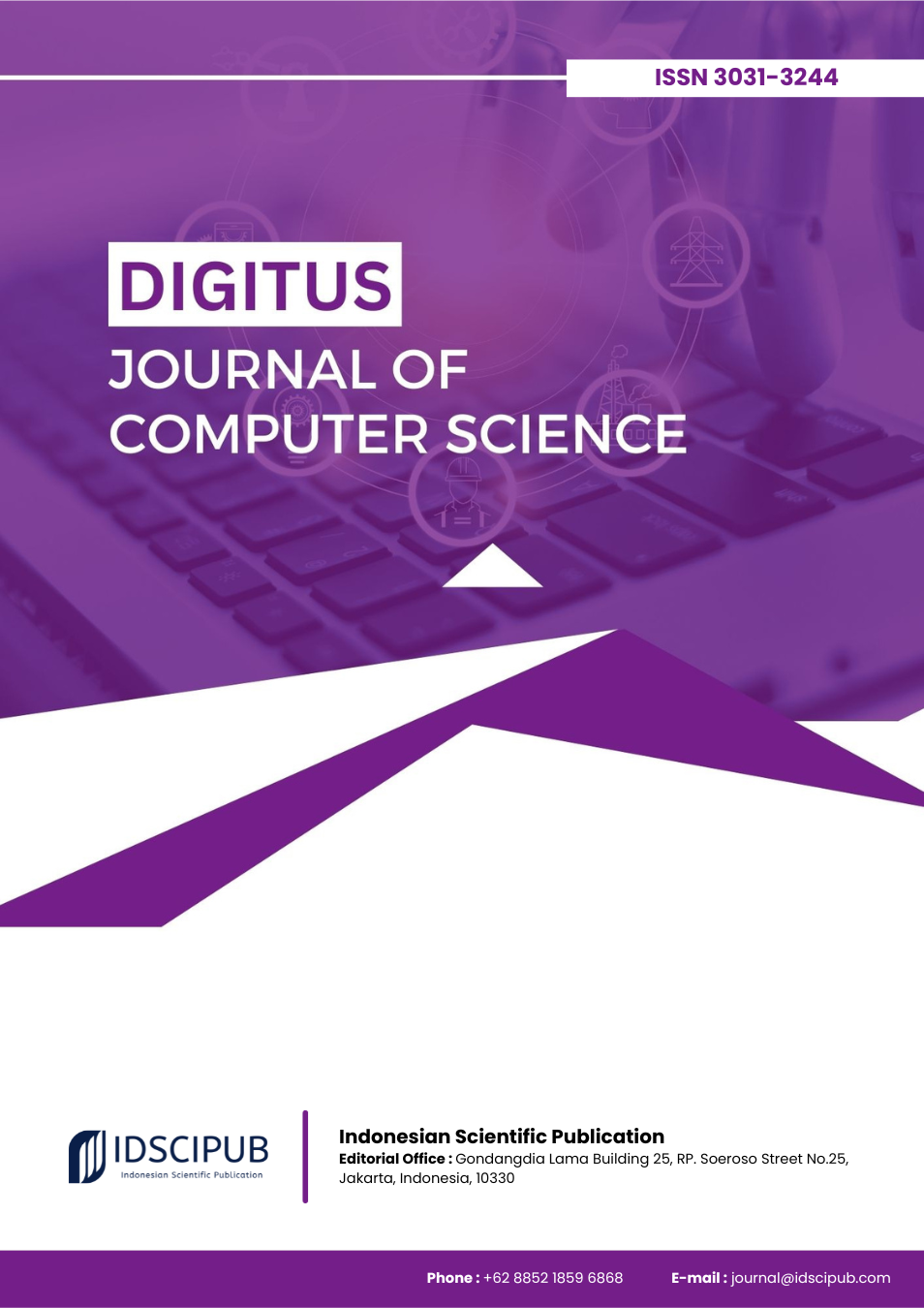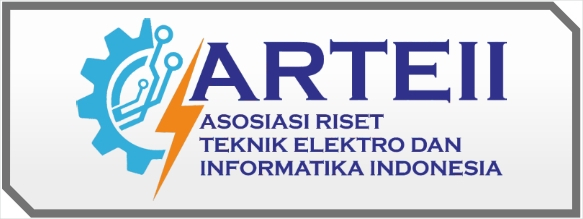Decentralized Identity in FinTech: Blockchain Based Solutions for Fraud Prevention and Regulatory Compliance
DOI:
https://doi.org/10.61978/digitus.v3i3.955Keywords:
Blockchain Identity, Verifiable Credentials, Decentralized Identifiers, FinTech Compliance, Digital Onboarding, Selective Disclosure, Fraud PreventionAbstract
The FinTech sector is facing escalating threats from identity theft and digital fraud, with global losses exceeding US$42 billion annually. This study explores how blockchain based identity systems particularly Verifiable Credentials (VC), Decentralized Identifiers (DID), and selective disclosure protocols can enhance digital security, reduce onboarding time, and ensure compliance with evolving global standards. A qualitative and comparative methodology was applied, analyzing data from regulatory bodies (FTC, FATF, NIST), industry case studies, and technical frameworks (OpenID4VC, SD JWT, W3C). Results reveal that blockchain identity solutions reduce fraud risk by preventing synthetic identity use, while significantly improving authentication success rates through biometric and passkey based logins. Reusable KYC models integrated with VC/DID frameworks cut onboarding durations from weeks to days, demonstrating substantial operational efficiency. Furthermore, alignment with GDPR, eIDAS 2.0, and AML/CFT standards confirms the regulatory readiness of these systems. The findings suggest that decentralized identity offers a viable, scalable alternative to traditional identity verification, enabling secure, privacy preserving, and user controlled authentication. Despite challenges such as integration complexity and regulatory fragmentation, the strategic advantages in security and compliance position blockchain identity systems as essential tools for the future of FinTech.
References
Ahmed, Md. R., Islam, A. K. M. M., Shatabda, S., & Islam, S. (2022). Blockchain-Based Identity Management System and Self-Sovereign Identity Ecosystem: A Comprehensive Survey. Ieee Access, 10, 113436–113481. https://doi.org/10.1109/access.2022.3216643 DOI: https://doi.org/10.1109/ACCESS.2022.3216643
Arcara, J., Cuentos, A., Abdallah, O., Armstead, M., Jackson, A. V., Marshall, C., & Gómez, A. M. (2023). What, When, and How Long? Doula Time Use in a Community Doula Program in San Francisco, California. Women S Health, 19. https://doi.org/10.1177/17455057231155302 DOI: https://doi.org/10.1177/17455057231155302
Arnone, M., & Leogrande, A. (2024). The Sustainability of the Factoring Chain in Europe in the Light of the Integration of ESG Factors. https://doi.org/10.21203/rs.3.rs-4658311/v1 DOI: https://doi.org/10.21203/rs.3.rs-4658311/v1
Beduschi, A. (2019). Digital Identity: Contemporary Challenges for Data Protection, Privacy and Non-Discrimination Rights. Big Data & Society, 6(2), 205395171985509. https://doi.org/10.1177/2053951719855091 DOI: https://doi.org/10.1177/2053951719855091
Bouncken, R. B., & Barwinski, R. (2020). Shared Digital Identity and Rich Knowledge Ties in Global 3D Printing—A Drizzle in the Clouds? Global Strategy Journal, 11(1), 81–108. https://doi.org/10.1002/gsj.1370 DOI: https://doi.org/10.1002/gsj.1370
Bugatti, M., Owen, J., Reese, J., Richardson, Z., Rasmussen, W., Beck, A., & Newton, D. P. (2024). The Effectiveness of Psychotherapy for Anxiety in Private Practice: Benchmarking Outcomes and Examining Predictors. Journal of Psychotherapy Integration, 34(1), 62–74. https://doi.org/10.1037/int0000306 DOI: https://doi.org/10.1037/int0000306
Chango, M. (2022). Building a Credential Exchange Infrastructure for Digital Identity: A Sociohistorical Perspective and Policy Guidelines. Frontiers in Blockchain, 4. https://doi.org/10.3389/fbloc.2021.629790 DOI: https://doi.org/10.3389/fbloc.2021.629790
Chen, X., Sun, J., & Liu, H. (2021). Balancing Web Personalization and Consumer Privacy Concerns: Mechanisms of Consumer Trust and Reactance. Journal of Consumer Behaviour, 21(3), 572–582. https://doi.org/10.1002/cb.1947 DOI: https://doi.org/10.1002/cb.1947
Choudhary, P. K., Bharadwaj, S. S., & Kaushik, A. (2023). Configurational Analysis of Infrastructuring in Digital Identity Platforms. International Journal of Public Administration in the Digital Age, 10(1), 1–41. https://doi.org/10.4018/ijpada.333893 DOI: https://doi.org/10.4018/IJPADA.333893
Čučko, Š., Keršič, V., & Turkanović, M. (2023). Towards a Catalogue of Self-Sovereign Identity Design Patterns. Applied Sciences, 13(9), 5395. https://doi.org/10.3390/app13095395 DOI: https://doi.org/10.3390/app13095395
Dyck, A., Morse, A., & Zingales, L. (2023). How Pervasive Is Corporate Fraud? Review of Accounting Studies, 29(1), 736–769. https://doi.org/10.1007/s11142-022-09738-5 DOI: https://doi.org/10.1007/s11142-022-09738-5
Fehér, K. (2019). Digital Identity and the Online Self: Footprint Strategies – An Exploratory and Comparative Research Study. Journal of Information Science, 47(2), 192–205. https://doi.org/10.1177/0165551519879702 DOI: https://doi.org/10.1177/0165551519879702
Feng, H., Chen, Z., & Liu, H. (2018). Design and Optimization of VoD Schemes With Client Caching in Wireless Multicast Networks. Ieee Transactions on Vehicular Technology, 67(1), 765–780. https://doi.org/10.1109/tvt.2017.2740953 DOI: https://doi.org/10.1109/TVT.2017.2740953
Ghaffari, F., Gilani, K., Bertin, E., & Crespi, N. (2021). Identity and Access Management Using Distributed Ledger Technology: A Survey. International Journal of Network Management, 32(2). https://doi.org/10.1002/nem.2180 DOI: https://doi.org/10.1002/nem.2180
Ginsberg, K. H., Babbott, K. M., & Serlachius, A. (2024). Exploring Participants’ Experiences of Digital Health Interventions With Qualitative Methods: Guidance for Researchers. Journal of Medical Internet Research, 26, e62761. https://doi.org/10.2196/62761 DOI: https://doi.org/10.2196/62761
Heister, S., & Yuthas, K. (2022). How Blockchain and AI Enable Personal Data Privacy and Support Cybersecurity. https://doi.org/10.5772/intechopen.96999 DOI: https://doi.org/10.5772/intechopen.96999
Khayati, A., Tompkins, J. G., Bray, D. B., & Clampit, J. (2024). CEO and CFO Stock Options and Trading Activity Around Bank Loans. Corporate Governance an International Review, 33(2), 178–201. https://doi.org/10.1111/corg.12592 DOI: https://doi.org/10.1111/corg.12592
Kim, T., Bae, S., Lee, J., & Yun, S.-Y. (2020). Accurate and Fast Federated Learning via Combinatorial Multi-Armed Bandits. https://doi.org/10.48550/arxiv.2012.03270
Kitila, S. B., Tesema, A. A., Bekele, G., Olika, A. K., Terfa, Y. B., Sinkie, S. O., & Olika, A. K. (2022). Average Time Spent in Referral Process and Its Determinants Among Clients of Maternal and Child Health Service in 2 Districts of Jimma Zone, Ethiopia. Journal of Patient Experience, 9. https://doi.org/10.1177/23743735221086757 DOI: https://doi.org/10.1177/23743735221086757
Martins, J., Gonçalves, R., Oliveira, T., Cota, M., & Branco, F. (2016). Understanding the Determinants of Social Network Sites Adoption at Firm Level: A Mixed Methodology Approach. Electronic Commerce Research and Applications, 18, 10–26. https://doi.org/10.1016/j.elerap.2016.05.002 DOI: https://doi.org/10.1016/j.elerap.2016.05.002
Mir, U. B., Kar, A. K., & Gupta, M. P. (2020). Digital Identity Evaluation Framework for Social Welfare. 401–414. https://doi.org/10.1007/978-3-030-64849-7_36 DOI: https://doi.org/10.1007/978-3-030-64849-7_36
Noman, H. M., & Jasim, M. N. (2021). A Proposed Adaptive Least Load Ratio Algorithm to Improve Resources Management in Software Defined Network OpenFlow Environment. Karbala International Journal of Modern Science, 7(1). https://doi.org/10.33640/2405-609x.2255 DOI: https://doi.org/10.33640/2405-609X.2255
Özdenizci, B., Coşkun, V., Coskun, A., & Yaya, S. (2023). A Blockchain-Enhanced Self-Sovereign Identity Platform for Corporate Resource Security. Advances in Cyber-Physical Systems, 8(2), 111–117. https://doi.org/10.23939/acps2023.02.111 DOI: https://doi.org/10.23939/acps2023.02.111
Parate, S., Josyula, H. P., & Reddi, L. T. (2023). Digital Identity Verification: Transforming KYC Processes in Banking Through Advanced Technology and Enhanced Security Measures. International Research Journal of Modernization in Engineering Technology and Science. https://doi.org/10.56726/irjmets44476 DOI: https://doi.org/10.56726/IRJMETS44476
Peacock, S. M., Goodwin, I., Wood, R., McBride, C. J., Brock, A. C., Erekson, D. M., & Boyd, Z. M. (2023). MATCH: Client-Therapist Matching With Machine Learning. https://doi.org/10.31234/osf.io/9d5yw DOI: https://doi.org/10.31234/osf.io/9d5yw
Samsudin, S., Mujab, S., Safar, Muh., & Munandar, H. (2023). The Effect of Digitalization on Language and Culture in Management Practice Modern Education. Lingua, 19(2), 135–150. https://doi.org/10.34005/lingua.v19i2.3131 DOI: https://doi.org/10.34005/lingua.v19i2.3131
Schardong, F., & Custódio, R. F. (2022). Self-Sovereign Identity: A Systematic Review, Mapping and Taxonomy. Sensors, 22(15), 5641. https://doi.org/10.3390/s22155641 DOI: https://doi.org/10.3390/s22155641
Shreedhar, T., Kaul, S. K., & Yates, R. D. (2022). Coexistence of Age Sensitive Traffic and High Throughput Flows: Does Prioritization Help? https://doi.org/10.48550/arxiv.2203.00647 DOI: https://doi.org/10.1109/INFOCOMWKSHPS54753.2022.9798247
Singla, A., Gupta, N., Aeron, P., Jain, A., Sharma, D., & Bharadwaj, S. S. (2022). Decentralized Identity Management Using Blockchain. Journal of Global Information Management, 31(2), 1–24. https://doi.org/10.4018/jgim.315283 DOI: https://doi.org/10.4018/JGIM.315283
Soltani, R., Nguyen, U. T., & An, A. (2021). A Survey of Self-Sovereign Identity Ecosystem. Security and Communication Networks, 2021, 1–26. https://doi.org/10.1155/2021/8873429 DOI: https://doi.org/10.1155/2021/8873429
Stoiber, C., Walchshofer, C., Grassinger, F., Stitz, H., Streit, M., & Aigner, W. (2021). Design and Comparative Evaluation of Visualization Onboarding Methods. 1–5. https://doi.org/10.1145/3481549.3481558 DOI: https://doi.org/10.1145/3481549.3481558
Stuart, A., Bandara, A. K., & Levine, M. (2019). The Psychology of Privacy in the Digital Age. Social and Personality Psychology Compass, 13(11). https://doi.org/10.1111/spc3.12507 DOI: https://doi.org/10.1111/spc3.12507
Syropyatov, V. V., Arenkov, I., Sajid, S., & Mahar, D. H. (2023). Leveraging Customer Service Support to Enhance Brand Value and Corporate Performance: Evidence From the Fintech Industry. Gatr Journal of Finance and Banking Review, 8(3), 116–124. https://doi.org/10.35609/jfbr.2023.8.3(1) DOI: https://doi.org/10.35609/jfbr.2023.8.3(1)
Verniero, J. L., Howes, G. G., Stewart, D. E., & Klein, K. G. (2021). PATCH: Particle Arrival Time Correlation for Heliophysics. Journal of Geophysical Research Space Physics, 126(5). https://doi.org/10.1029/2020ja028940 DOI: https://doi.org/10.1029/2020JA028940
Vidhya, S., Raja, P. M. S., & Sumithra, R. (2024). Blockchain‐Enabled Decentralized Healthcare Data Exchange: Leveraging Novel Encryption Scheme, Smart Contracts, and Ring Signatures for Enhanced Data Security and Patient Privacy. International Journal of Network Management, 34(5). https://doi.org/10.1002/nem.2289 DOI: https://doi.org/10.1002/nem.2289
Vivekananda, K. M., & Christommy, T. (2024). Understanding the Cultural Trauma Behind Identity Creating a Third Space in the Middle of Polarity. Jisip (Jurnal Ilmu Sosial Dan Pendidikan), 8(1), 518. https://doi.org/10.58258/jisip.v8i1.6315 DOI: https://doi.org/10.58258/jisip.v8i1.6315
Wang, D., Zhao, J., & Wang, Y. (2020). A Survey on Privacy Protection of Blockchain: The Technology and Application. Ieee Access, 8, 108766–108781. https://doi.org/10.1109/access.2020.2994294 DOI: https://doi.org/10.1109/ACCESS.2020.2994294
Wolfgramm, R., Pouwhare, R., Henry, E., Spiller, C., & Tuazon, G. F. (2022). Investigating Collective Memory in the Enactment of Māori Leadership Identities Ko Te Kōputu Pūmahara Hei Whakatinana I Ngā Tuakiri Hautū. Leadership, 18(5), 627–655. https://doi.org/10.1177/17427150221096206 DOI: https://doi.org/10.1177/17427150221096206





